Fishes of Terengganu East coast of Malay Peninsula, Malaysia

Sign up for access to the world's latest research
Abstract
AI
AI
This paper presents a systematic survey of fish species located along the Terengganu East coast of the Malay Peninsula, Malaysia, conducted during two periods between 2008 and 2009. The research focuses on various habitats, including coral reefs, mangroves, and commercial fisheries, cataloging species primarily through field collections and examination of commercial catches. Methodologies include specific measurement techniques for fish anatomy and the classification of species according to established taxonomic references.




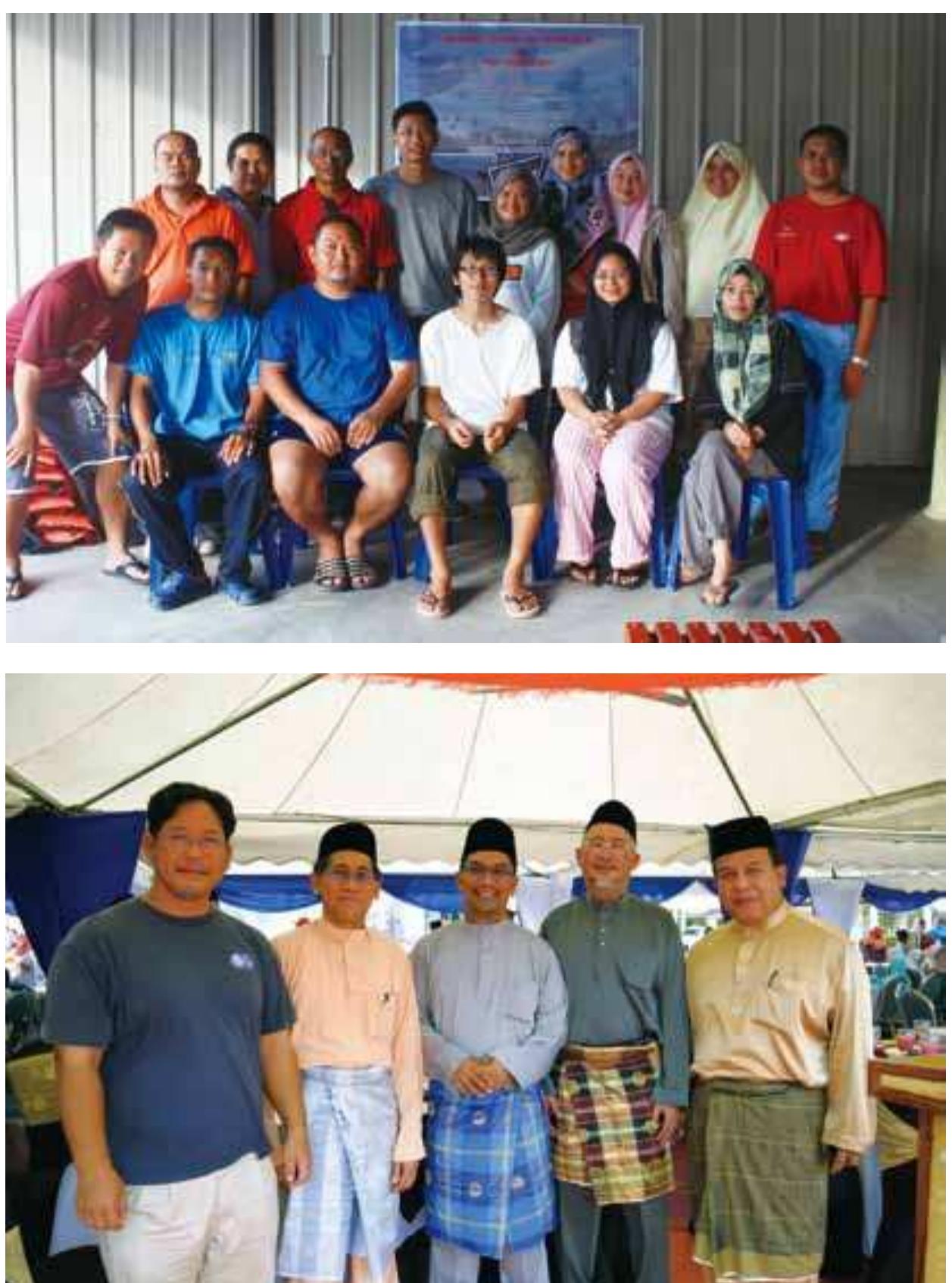













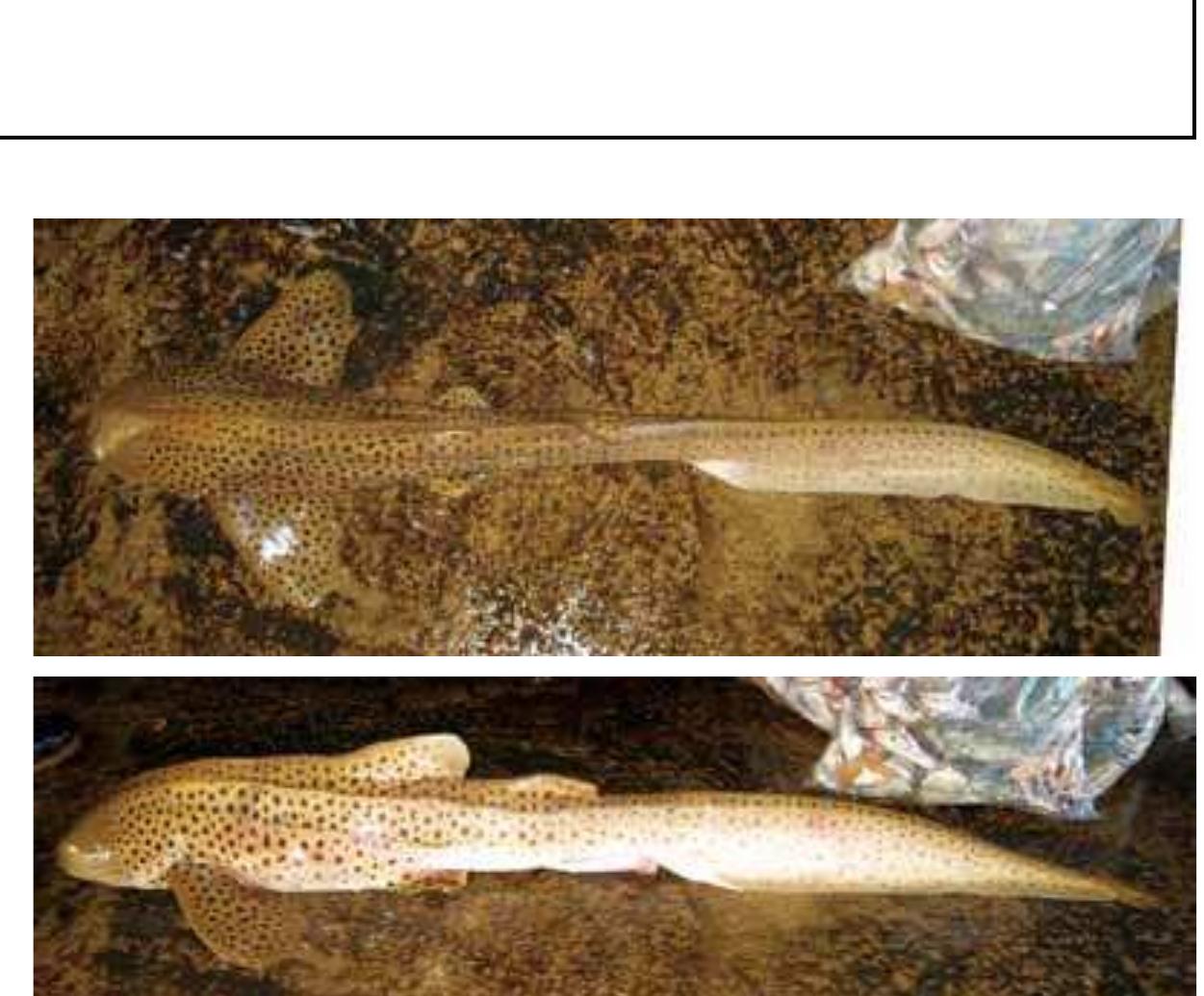






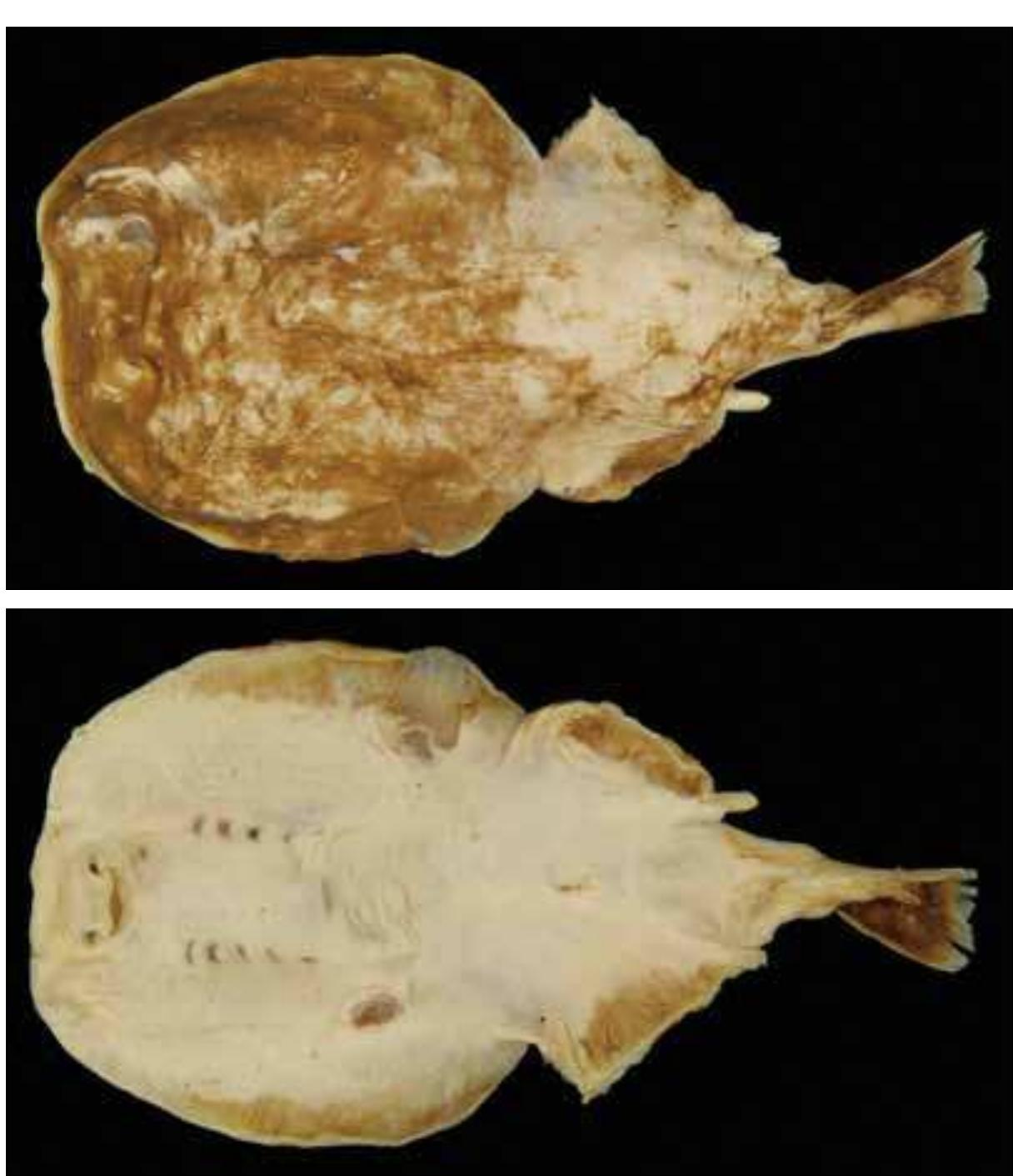










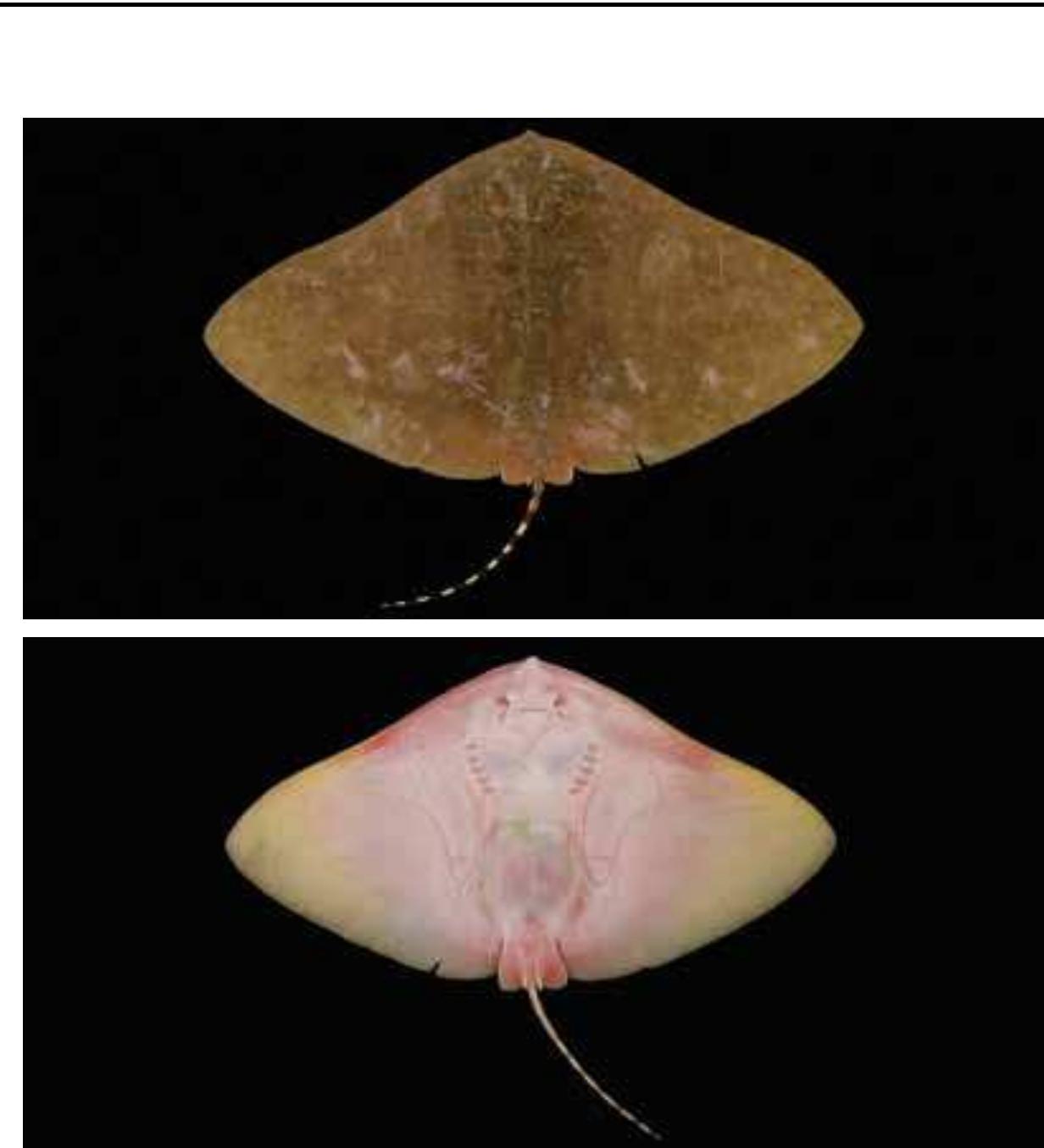
















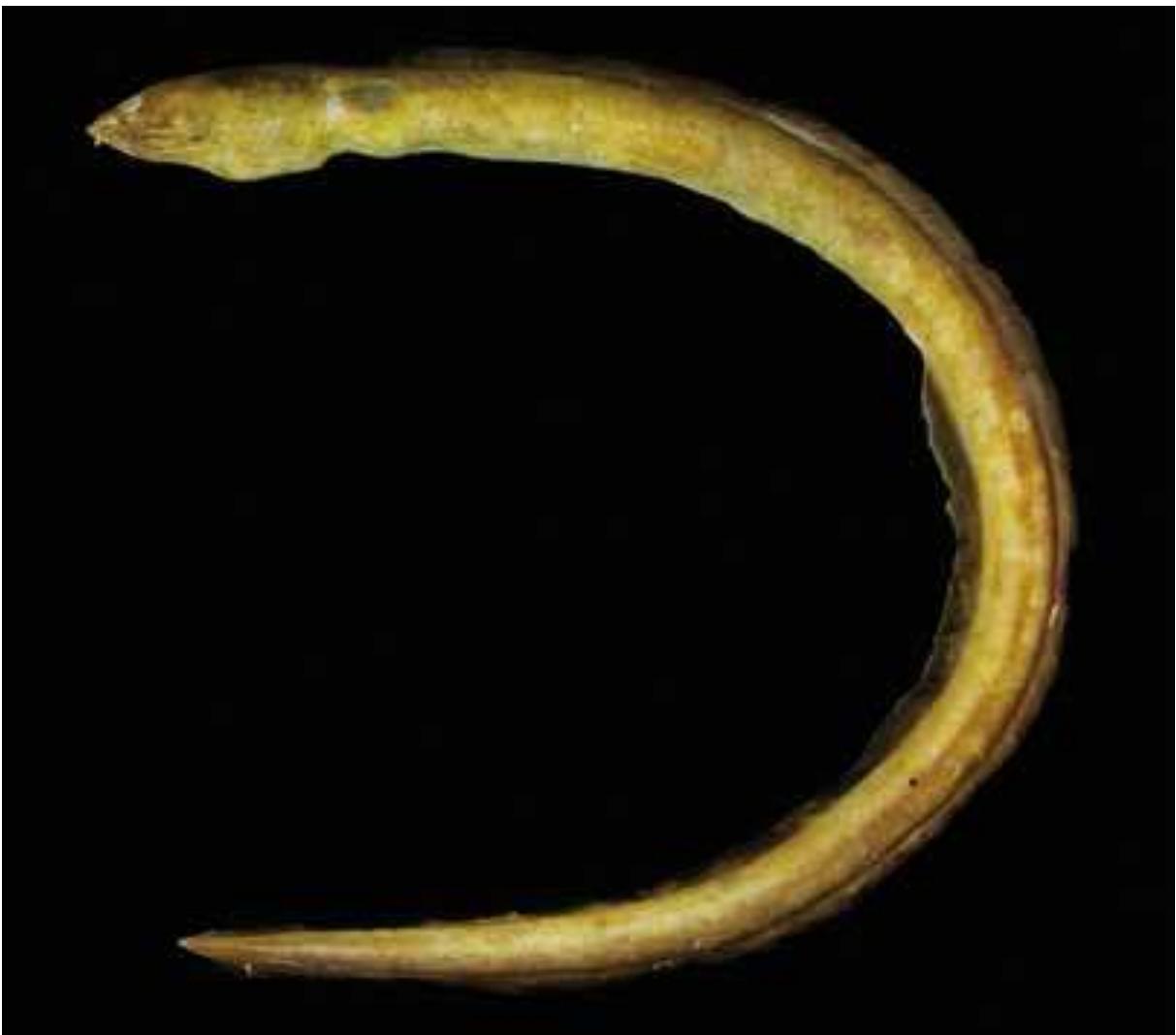












































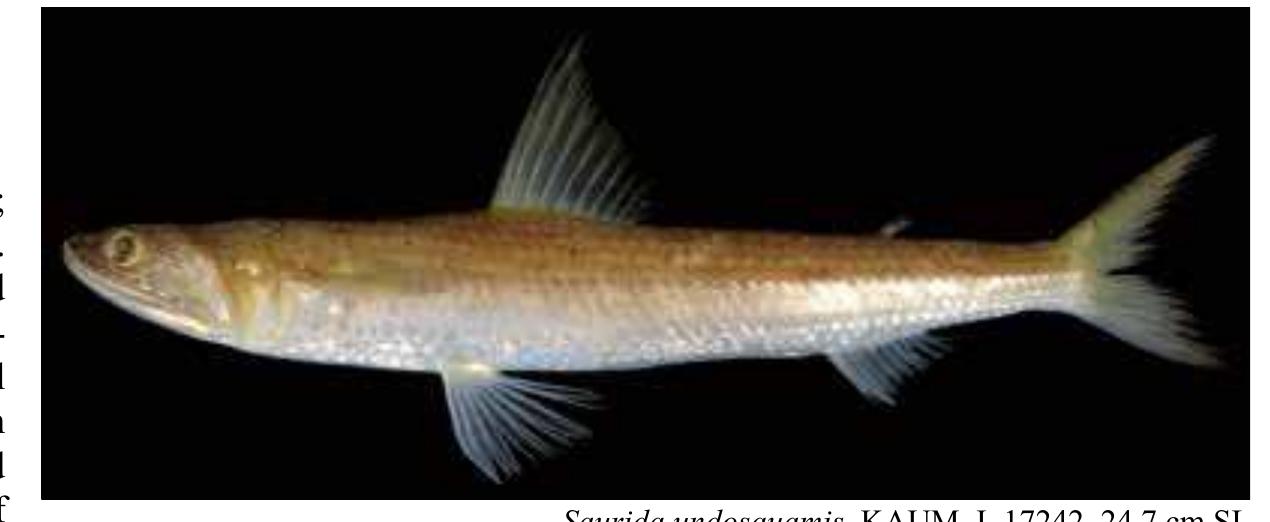
































































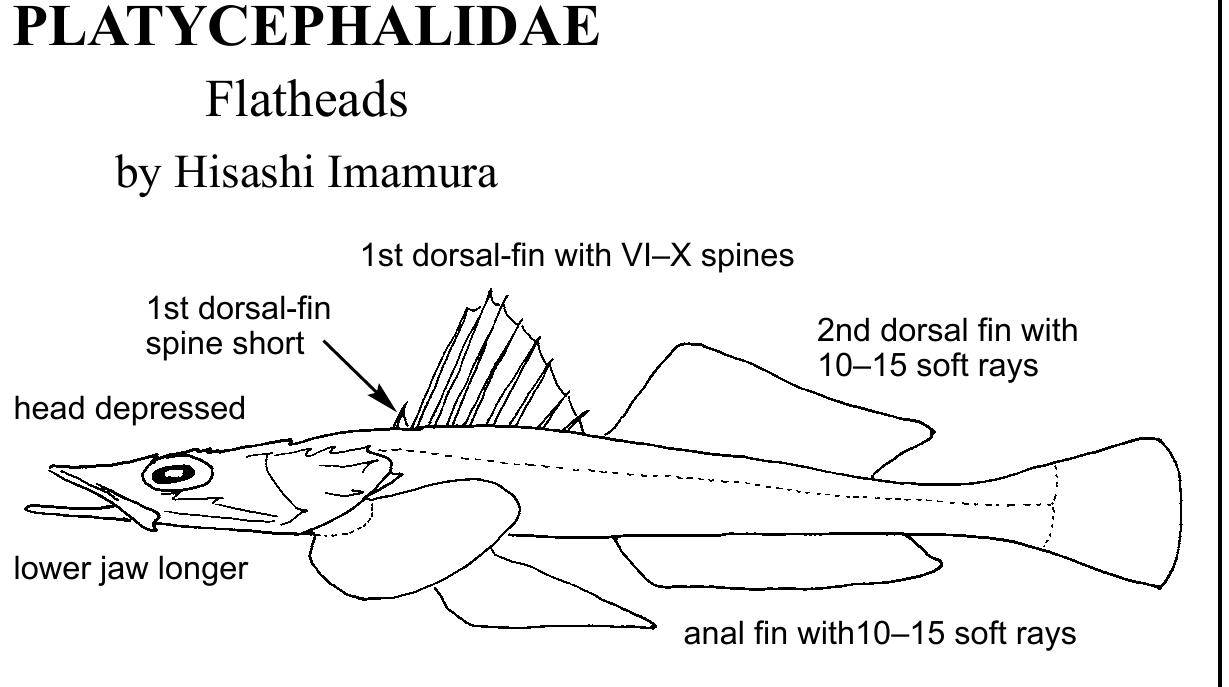





















































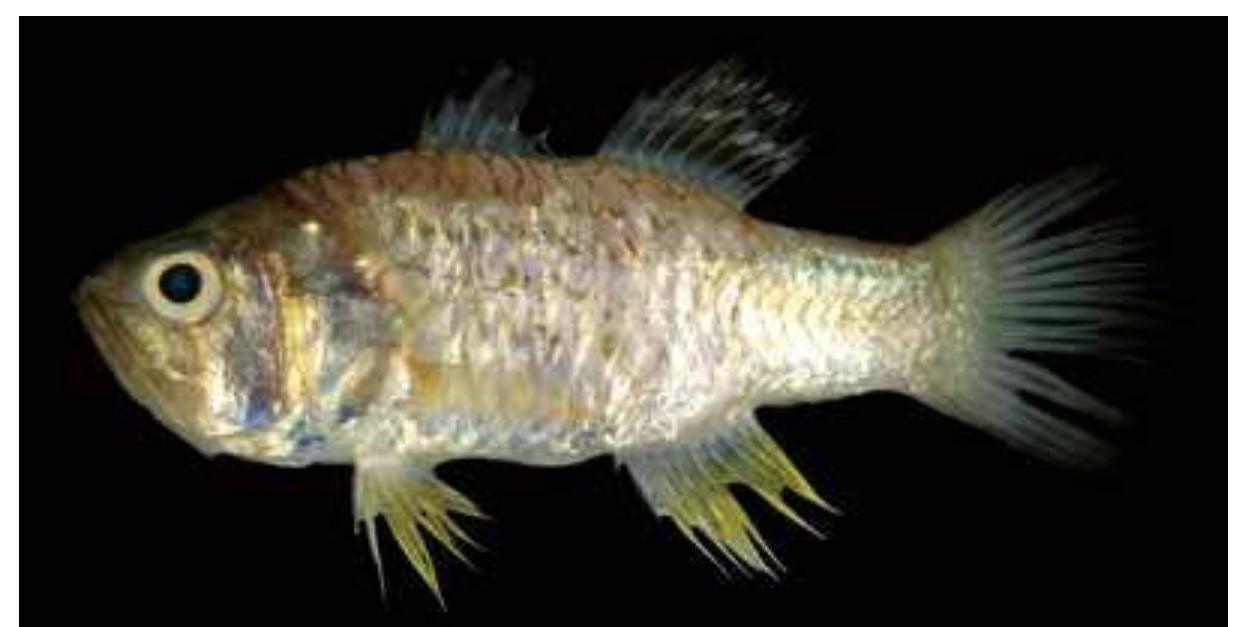


















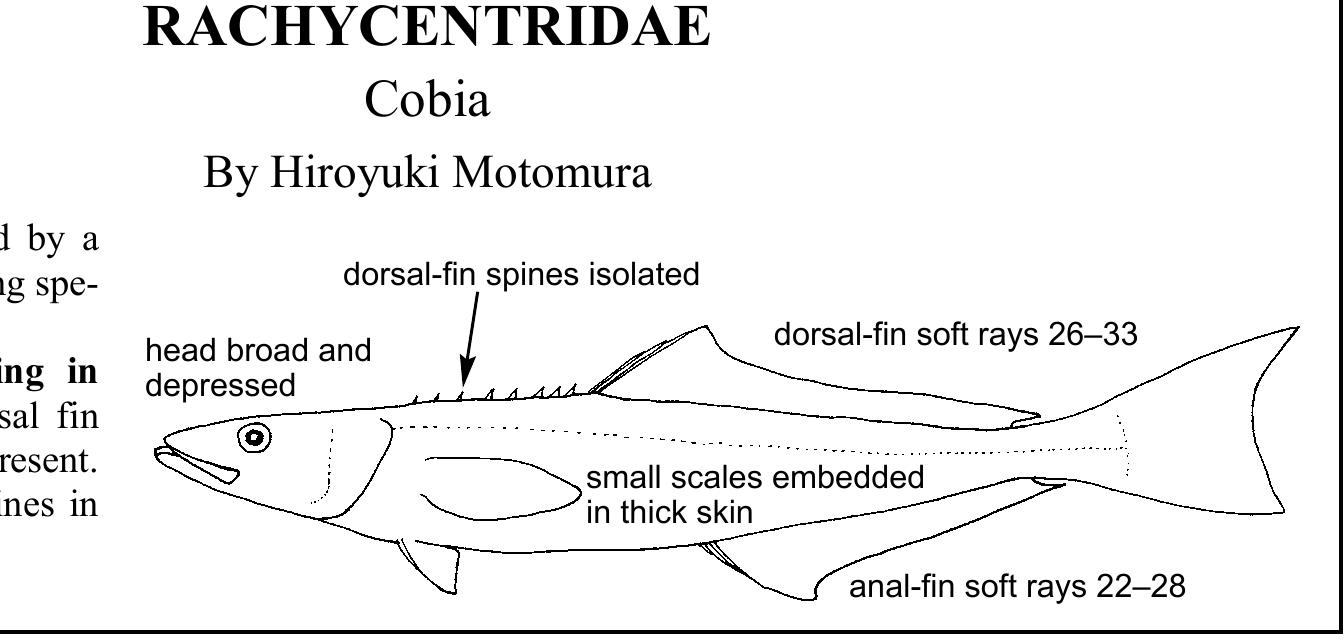













































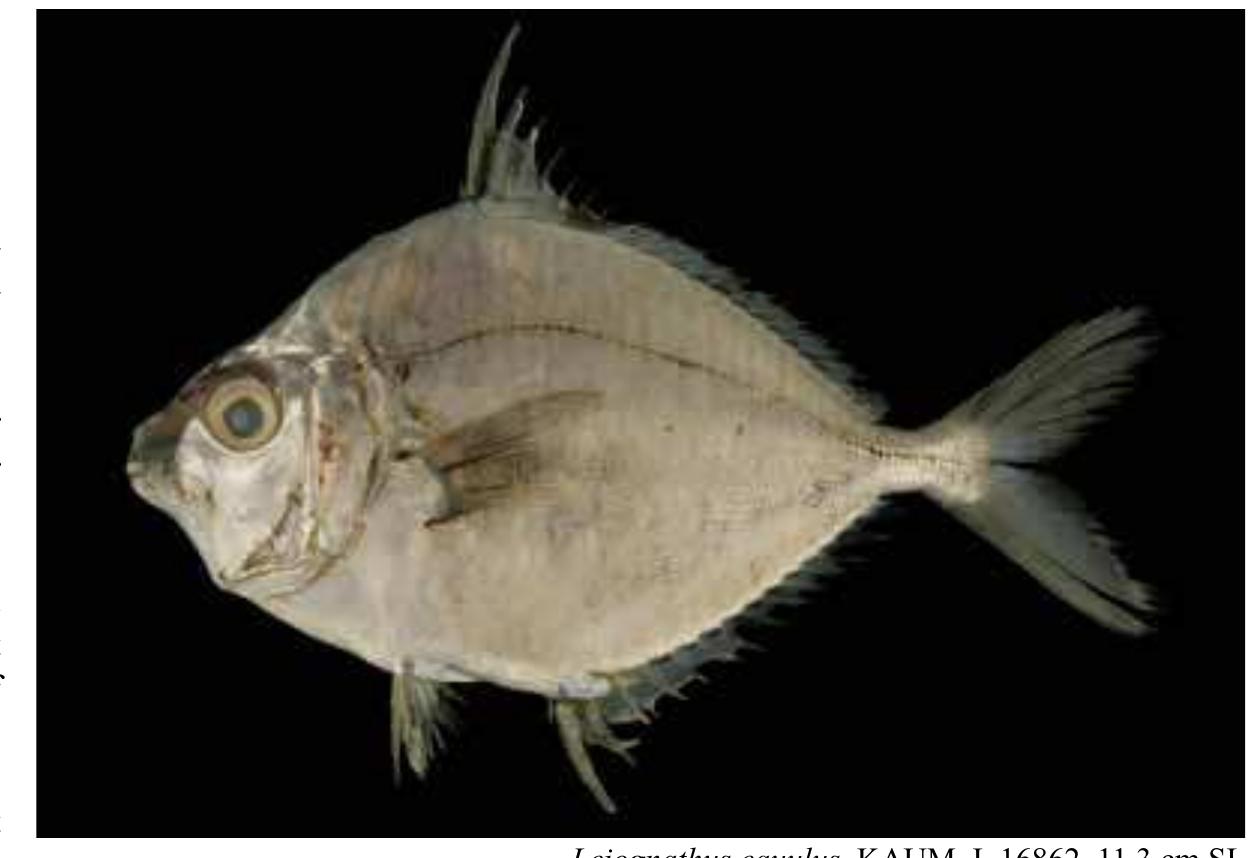

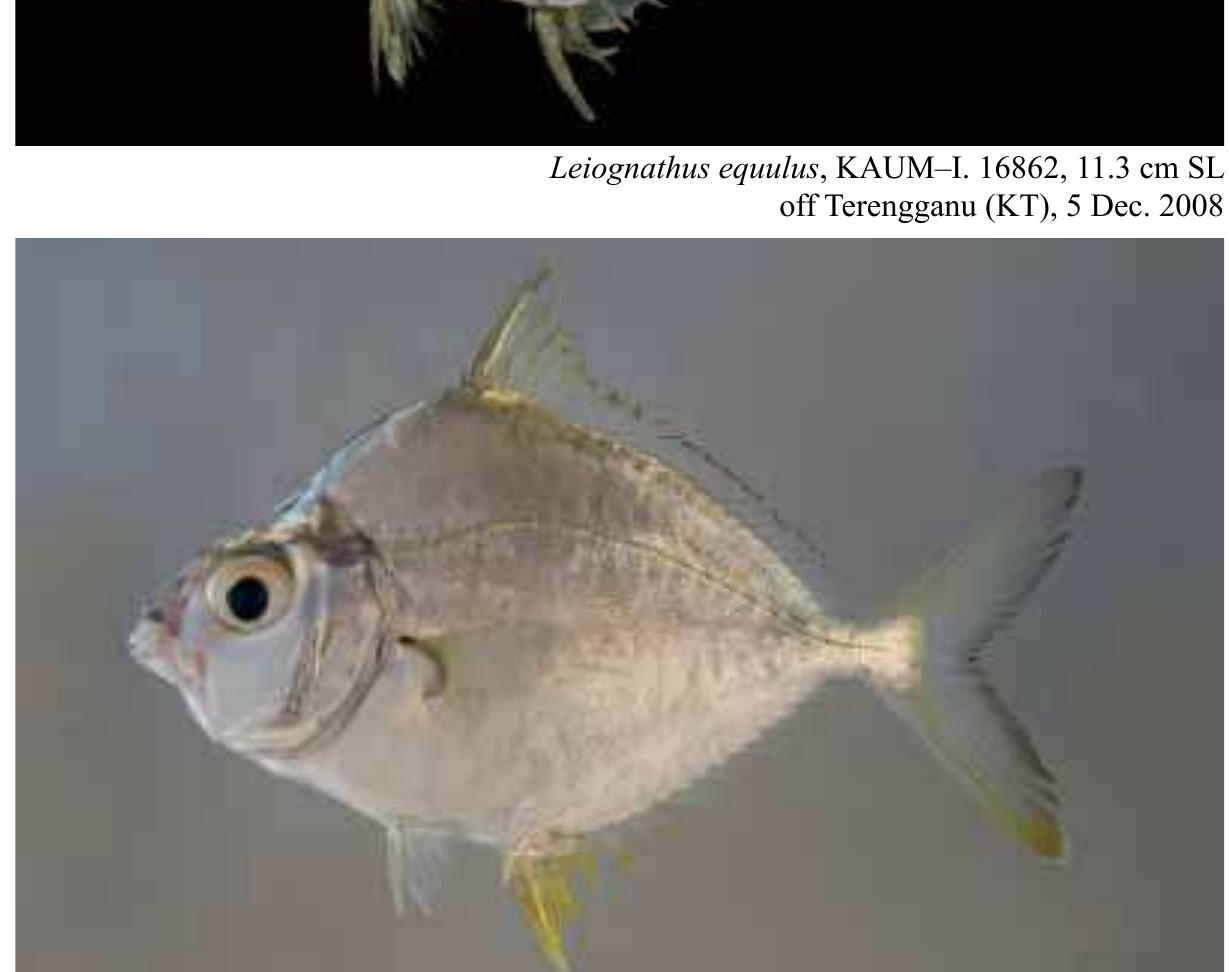






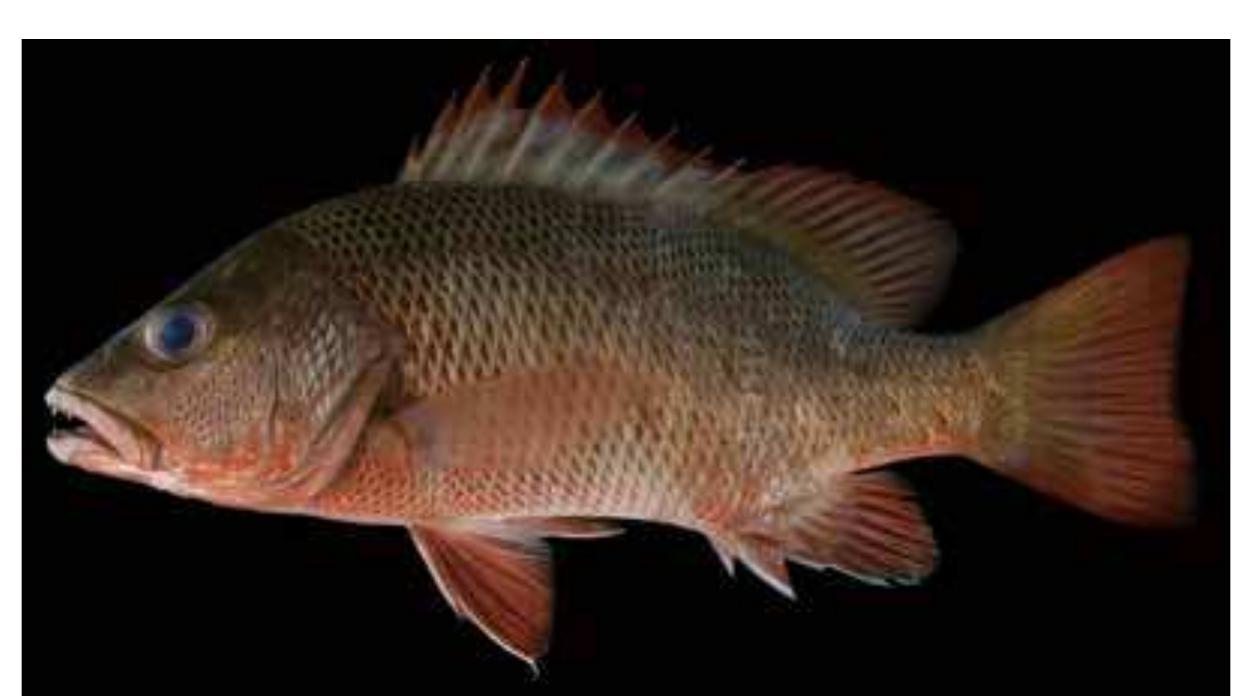


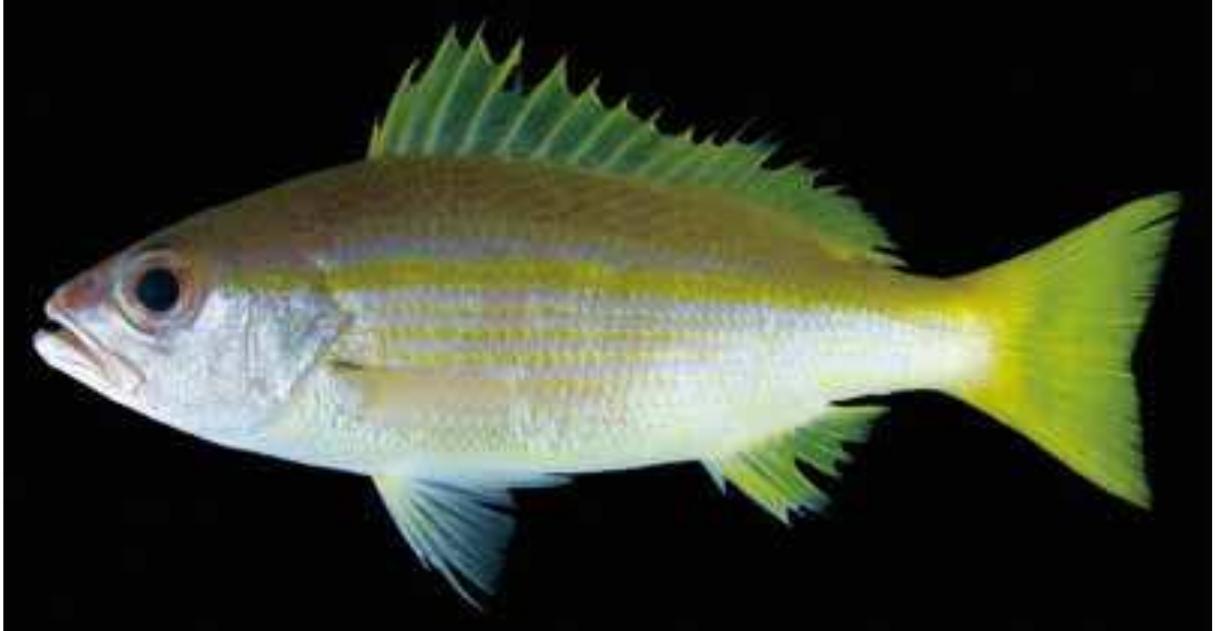






















































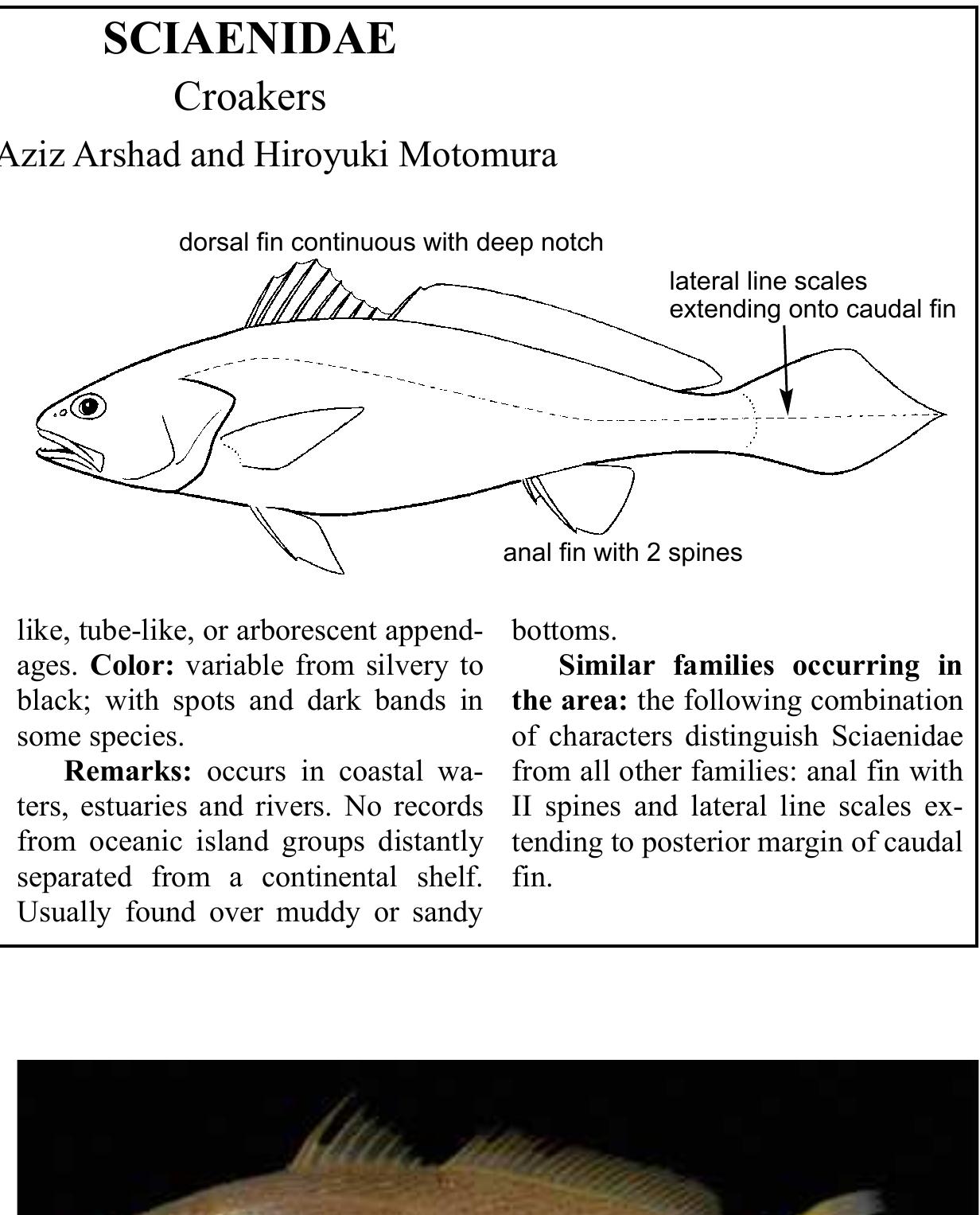





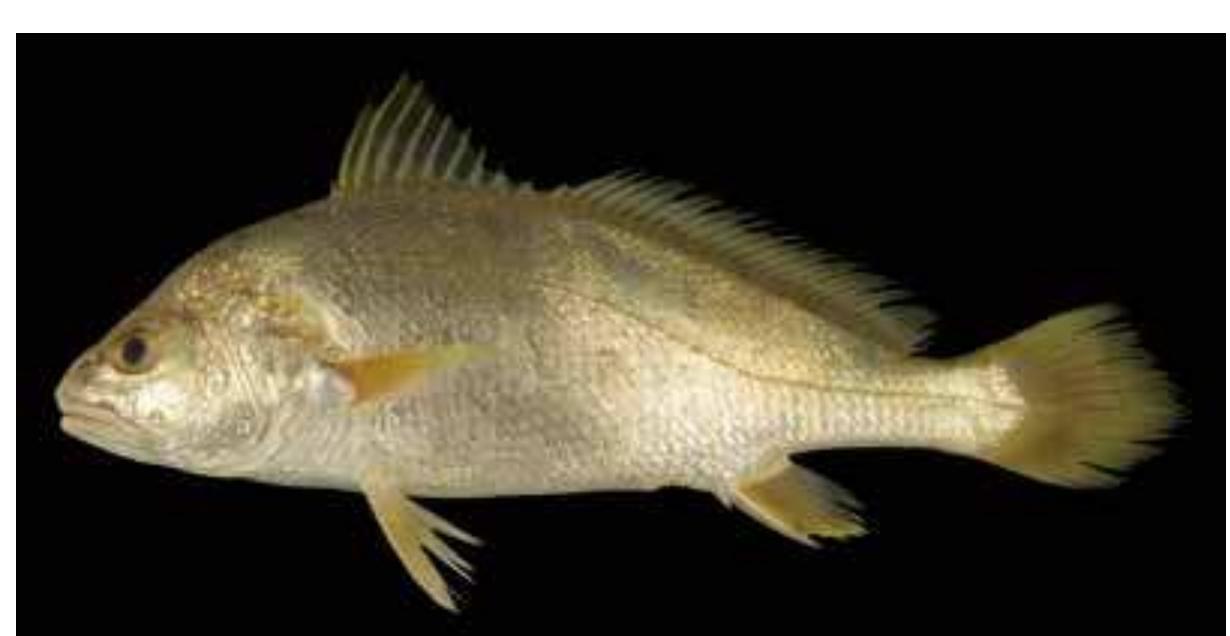

































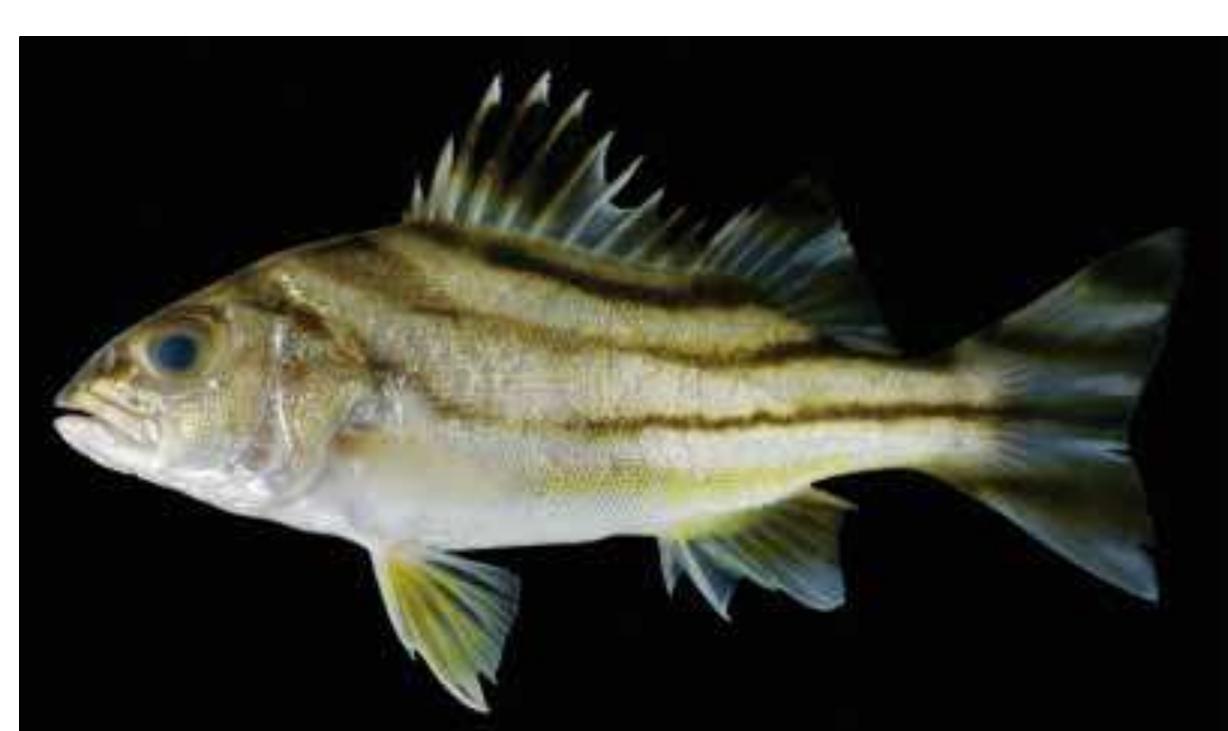







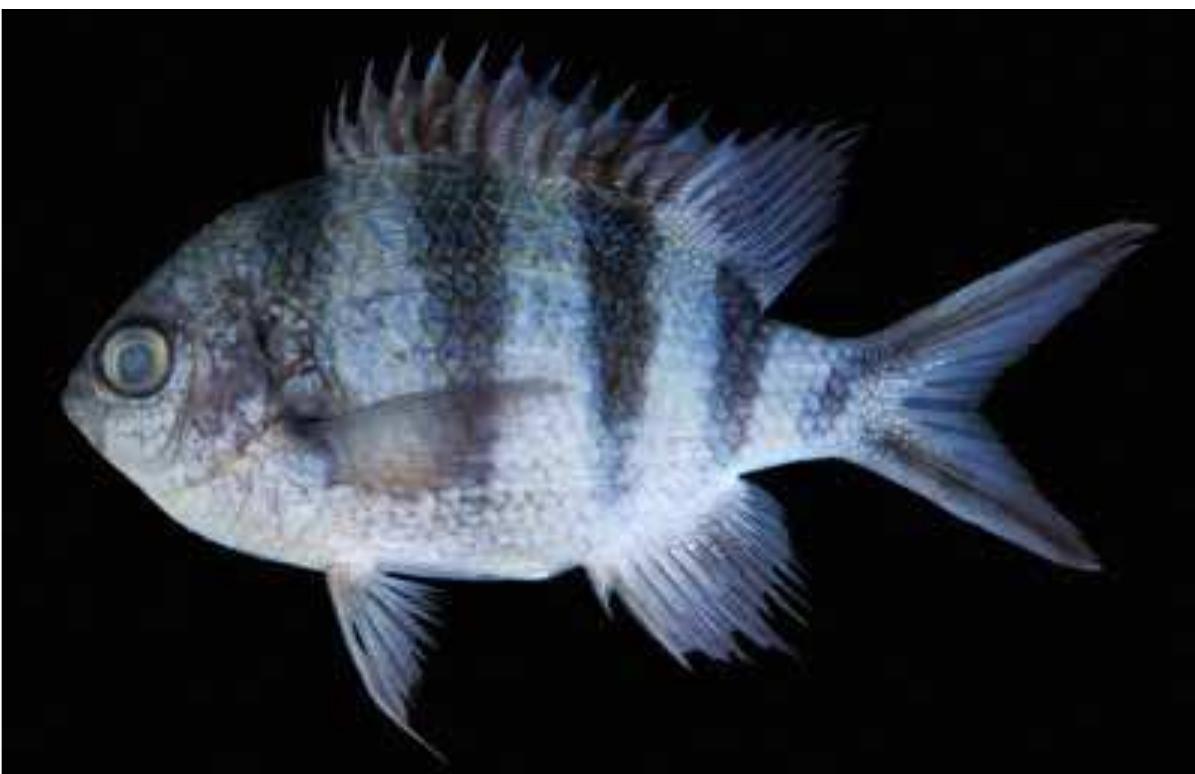



















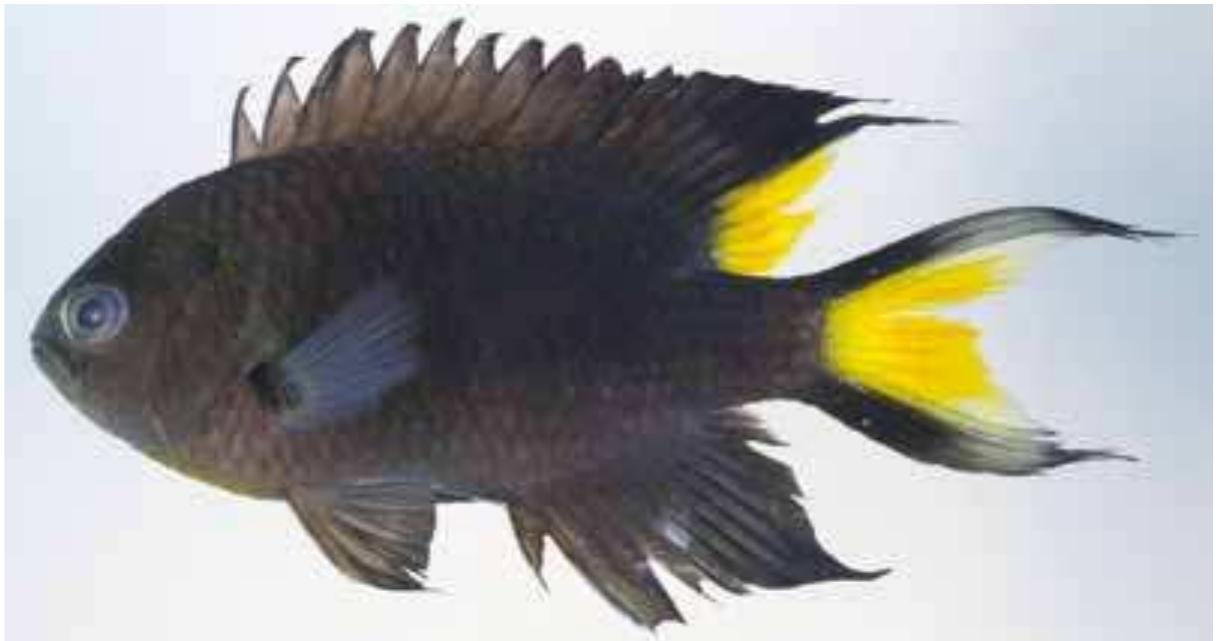







































































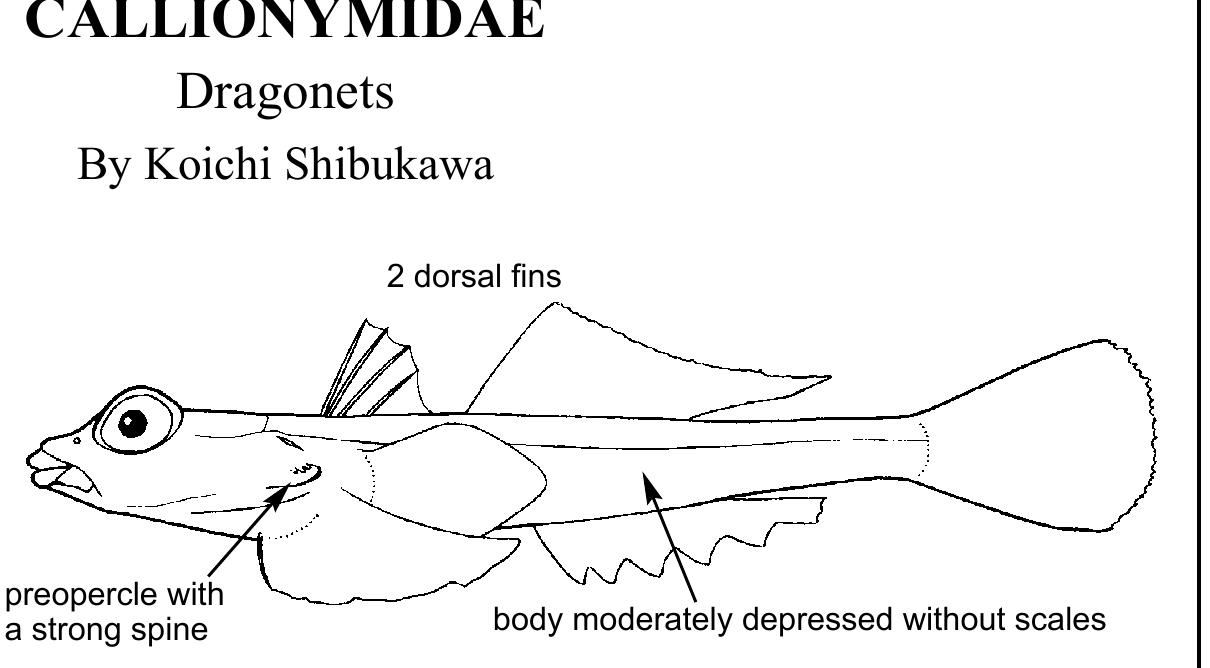

























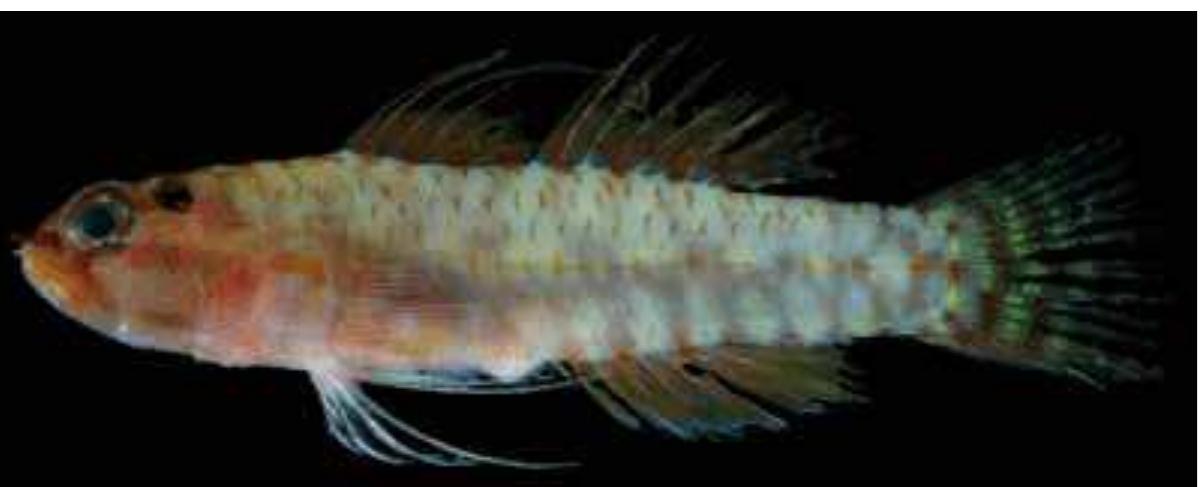











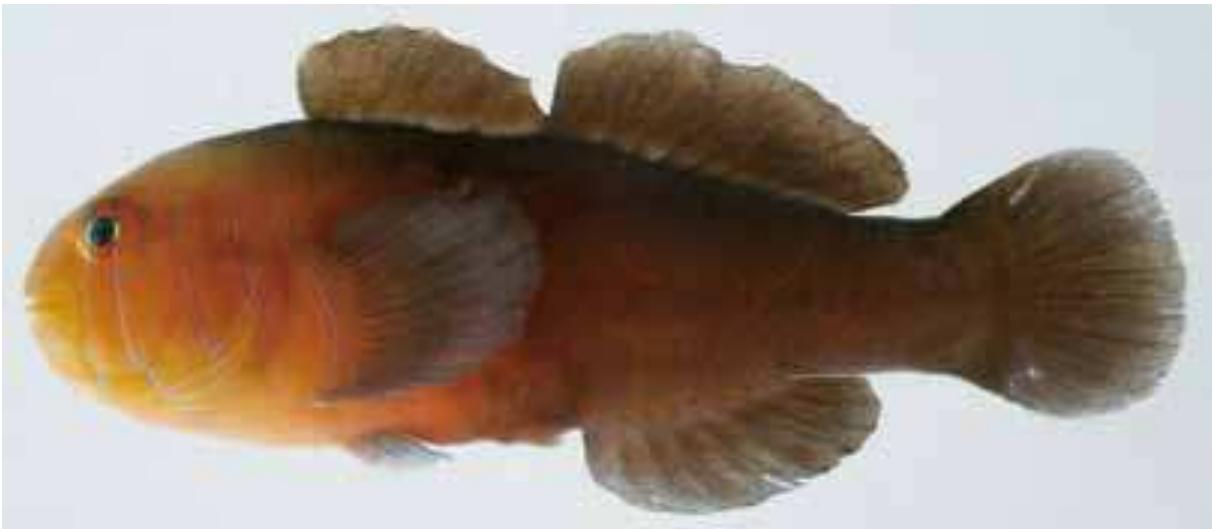



















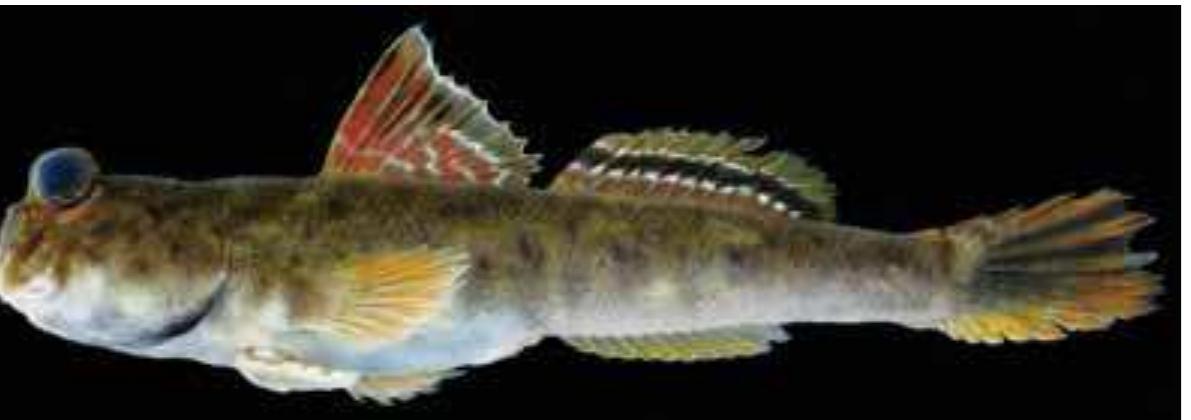











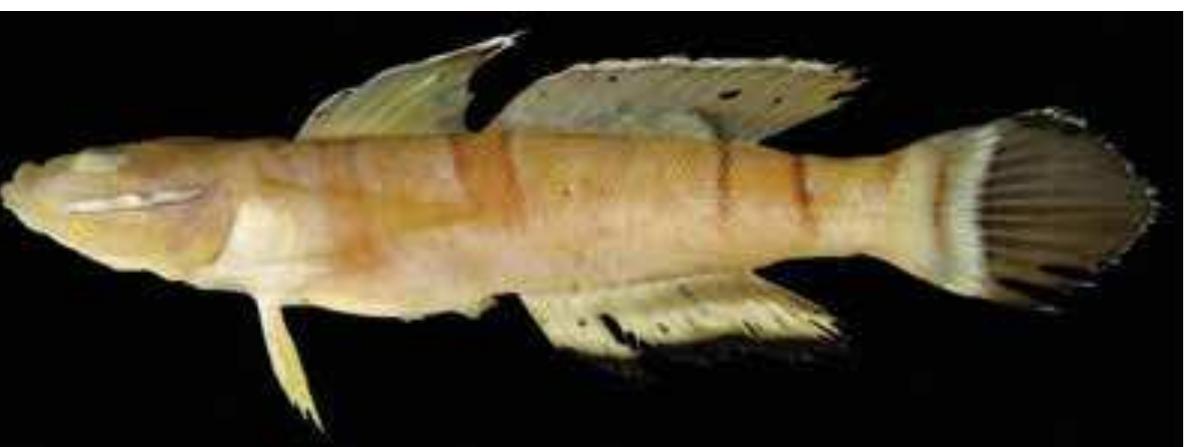


























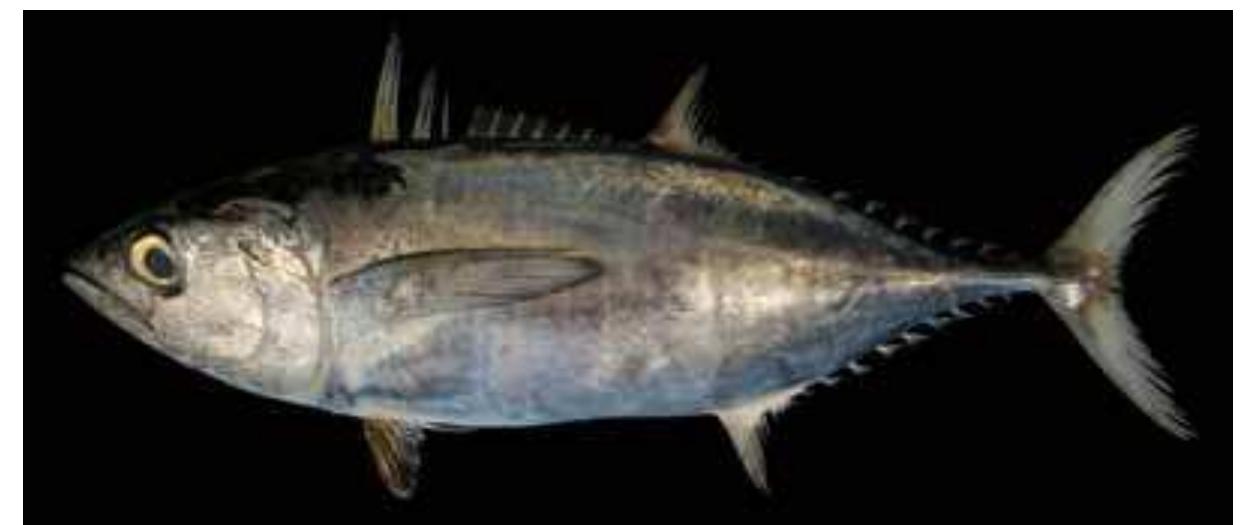



















































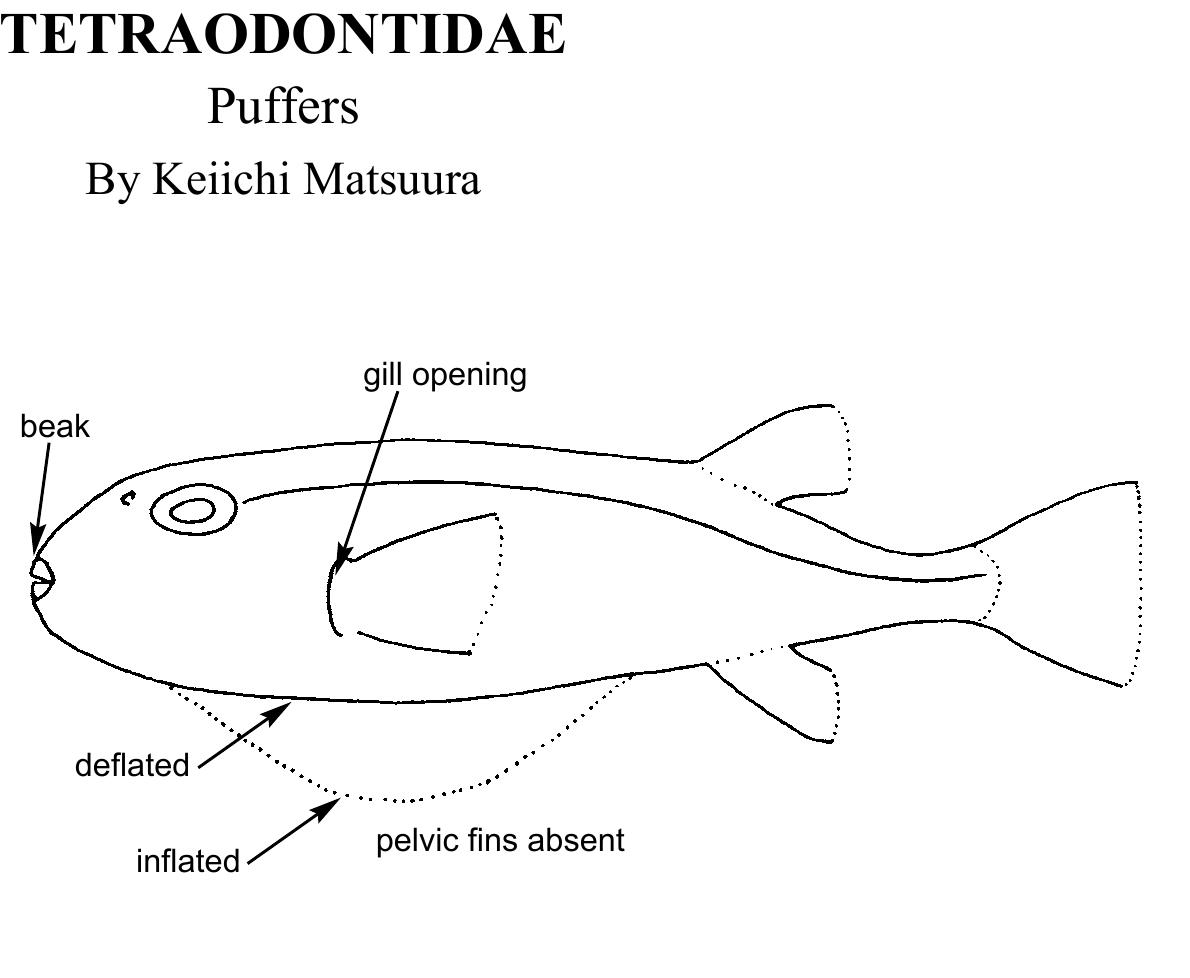










Key takeaways
AI
AI
- The South China Sea has 3,365 marine fish species, contributing significantly to biodiversity.
- Terengganu's coastal environment supports diverse fish populations, influenced by freshwater river discharges.
- Surveys conducted in 2008-2009 identified fish species from diverse habitats across Terengganu.
- Collection methods included hand-netting, SCUBA diving, and artisanal fishing techniques.
- Significant species include the Zebra Shark (Stegostoma fasciatum) and various bamboosharks.
Related papers
Background Redang Islands Marine Park consists of nine islands in the state of Terengganu, Malaysia. Redang Island is one of the largest off the east coast of Peninsular Malaysia, which is famous for its crystal-clear waters and white sandy beaches. The ichthyofauna of the Redang archipelago was surveyed by underwater visual observations between August 2016 and May 2018. Census data were compiled with existing records into the checklist of the marine fish of the Redang archipelago presented herein. A total of 314 species belonging to 51 families were recorded. The most speciose families (Pomacentridae, Labridae, Scaridae, Serranidae, Apogonidae, Carangidae, Gobiidae, Chaetodontidae, Lutjanidae, Nemipteridae and Siganidae) were also amongst the most speciose at the neighbouring Tioman archipelago (except Chaetodontidae). The coral fish diversity index value for the six families of coral reef fishes (Chaetodontidae, Pomacanthidae,
The museum fish collection has a total of 437 specimens of freshwater fishes from 13 orders and 41 families. A total of 76 valid species was listed, encompasses of 16.5% and 24.9% of the total fish species known to Malaysia and Peninsular Malaysia, respectively. 70 species are native to Malaysia, three are introduced (Barbonymus gonionotus, Oreochromis mossambicus, and Betta splendens), and one reintroduced (Trichogaster pectoralis). Clarias batu is listed as endemic while the native status of two species (Coilia nasus and Mystus vittatus) is questionable as both species are not listed as indigenous to Malaysia
The studies were carried out between 9 th July and 3 rd August 1996 (3 rd cruise) and 30 th April and 30 th May, 1997 (4 th cruise) in the Exclusive Economic Zone of Sarawak and the western part of Sabah. The species distribution, abundance, composition and length-weight relationships of some commercially important fish were investigated and compared for both cruises. The results indicates that the overall catch rate ranged from 3.5 to 194 kg/hr and averaged at 55.9 kg/hr during the 3 rd cruise. For the 4 th cruise, it ranged from 10.9 to 90.5 kg/hr and averaged at 50.2 kg/hr. During the 3 rd cruise, 46.9% of the catch were dominated by demersal fish followed by 41.6% trash fish, 7.
Ichthyological Research, 2013
THE RAFFLES …, 2008
After Randall & Lim (2000) compiled a checklist of 3,365 species of marine fi shes from the South China Sea (SCS), it was expected that there would be an increase of many new species or new records, especially the deep-sea fi shes, in this region. In this paper, we went through the Fish Database of Taiwan and sorted a total of 38 orders, 230 families and 2,133 species that occurred in the southwestern Taiwan waters and SCS and have either voucher specimen, underwater photos or citations. Among them, 128 species belonging to 72 families are new records from Taiwan. In the checklist, 171 species occurred only in SCS, including 42 species only in Pratas Islands, 25 species only in Spratly Islands and 81 in other SCS areas; and 1,473 species occurred only in the southwestern inshore habitats of Taiwan. There are 317 new record species that were not included in the checklist of Randall & Lim (2000) and 45 species that are new addition to the fi sh fauna of SCS. KEY WORDS.-Species checklist, South China Sea, fi sh fauna, fi sh taxonomy, new records.
We record the presence of 435 fish species from the Eastern Johor Strait based on our fieldwork, a review of the existing literature, and an examination of photographs and museum specimens. Four species are recorded for the first time from the waters of Singapore: Pseudorhombus elevatus (Paralichthyidae), Heteromycteris hartzfeldii (Soleidae), Nuchequula manusella (Leiognathidae) and Johnius carouna (Sciaenidae).
Biodiversity Data Journal, 2019
Background Redang Islands Marine Park consists of nine islands in the state of Terengganu, Malaysia. Redang Island is one of the largest off the east coast of Peninsular Malaysia, which is famous for its crystal-clear waters and white sandy beaches. The ichthyofauna of the Redang archipelago was surveyed by underwater visual observations between August 2016 and May 2018. Census data were compiled with existing records into the checklist of the marine fish of the Redang archipelago presented herein. A total of 314 species belonging to 51 families were recorded. The most speciose families (Pomacentridae, Labridae, Scaridae, Serranidae, Apogonidae, Carangidae, Gobiidae, Chaetodontidae, Lutjanidae, Nemipteridae and Siganidae) were also amongst the most speciose at the neighbouring Tioman archipelago (except Chaetodontidae). The coral fish diversity index value for the six families of coral reef fishes (Chaetodontidae, Pomacanthidae,
2001
We surveyed fish fauna in 21 locations over the Rayu River system running through the Kubah National Park, Sarawak. In this study, we recognized 27 species in 18 genera belonging to 13 families. Ambassis miops Giinther, 1872 and Stenogobius ingeri Watson, 1991 were newly recorded. Pseudomystus rugosus (Regan, 1913) was rediscovered from Sarawak.
2016
1-Department of Aquaculture, Faculty of Agriculture, Universiti Putra Malaysia, 43400 UPM Serdang, Selangor, Malaysia. 2-Iranian Fisheries Science Research Institute (IFRO), Agricultural Research Education and Extension Organization (AREEO), 14965-149, Tehran, Iran 3-Laboratory of Marine Biotechnology, Institute of Bioscience, Universiti Putra Malaysia, 43400 UPM, Serdang, Selangor, Malaysia. * Corresponding author’s email: ehteshamei@yahoo.com
2002
The fishes of Taiwan comprise total 2450 species in 250 families, about 1/10 of the world's fishes. Curatorial and distributional data of Taiwanese fish have been integrated into a database that can be accessed interactively on the Internet at http://fishdb.sinica.edu.tw. The database includes the following items: basic information and specimen photo of each species, distributional database, bibliographic database, curatorial database, inquiring system for Chinese fish names of the world fishes, and new version of erratum of 'Fishes of Taiwan'. The above regional database of Taiwanese fishes provides hyperlinks to fish data for each species in the global fish data, FishBase, of ICLARM (http://www.fishbase.org). Through the collaboration with FishBase and other global networks for taxonomic purposes, like Species 2000, BioNet, or GBIF (Global Biodiversity Information Facilities), users in the world can also obtain updated data provided by Taiwan. We hope our experience with database establishment can be used as a model to help other countries to develop their own regional fish databases or even to build up databases of other groups of organisms. There should be one good approach for all people in the world for sharing complete and updated biodiversity information via the Internet.
Fishes of the Andaman Sea, Thailand, was taxonomically researched based on specimens collected at Phuket and Ranong in a joint survey conducted by the National Science Museum, Thailand, Hokkaido University Museum and Faculty of Fisheries Sciences, Hokkaido University on 21 to 23 April 2011. As the result of the joint survey, 144 species belonging to 13 orders, 56 families and 100 genera were recognized. Of them, platycephalid Grammoplites knappi Imamura and Amaoka, 1994 and pinguipedids Parapercis filamentosa (Steindachner, 1879) were recorded from the Andaman Sea for the first time.
Pacific Science, 1997
ABSTRACT: A total of 49 families and 399 species of fishes was recorded from the reef area around Taiping Island (1m Aba Island) in the Spratlys (Nansha Islands), located at 114° 21'-114° 23' E, 10° 22'-10° 23' N. Data were collected by underwater observation, ...
A total of 629 species from I 19 families of fish have been deposited in the Reference Collection of the Phuket Marine Biological Center, Department of Fisheries, Thailand. The collection comprises specimens from Thai waters in addition to specimens from India, Indonesia, Malaysia, Myanmar, Philippines, Hong Kong, Singapore and Australia. The fish collection has been revised and an updated checklist is provided.
The Raffles Bulletin of Zoology, 2005
An annotated checklist of the fishes recorded from the Rajang basin in Sarawak, Malaysian Borneo, from its headwaters to the brackish waters near its mouth, is presented. At least 164 species are recorded, collected mainly by several recent expeditions to Belaga and the Balui River, Kapit and the Baleh River, and around Sibu. Sixty-four fish species are recorded for the first time in the Rajang basin, two of which (Pangio piperata and Macrognathus circumcinctus) are new records for Borneo. The list should be treated as preliminary as many areas in the Rajang system have not been sampled. The list fills a critical gap in our knowledge of the fishes of Sarawak and includes the first report on fishes of the Batang Balui, a headwater tributary of the Rajang. KEY WORDS.-Fish diversity, species checklist, new records, Rajang basin, Sarawak, Borneo. FISH FAUNA OF THE RAJANG BASIN CLASS ACTINOPTERYGII DIVISION TELEOSTEI ORDER OSTEOGLOSSIFORMES FAMILY OSTEOGLOSSIDAE Scleropages formosus (Schlegel & Müller, in Müller & Schlegel, 1844) * Material examined.-1 ex. (BMNH 1906.10.29.3), Rajang. Remarks.-The 500 mm SL specimen at BMNH was obtained by Charles Hose sometime before 1906. There appear to be no further records from the Rajang basin. Authority of the species follows Eschmeyer (1998). Pouyaud et al. (2003) reviewed the Asian arowanas and described three species that appear to have restricted distributions in Borneo and Sumatra: Scleropages legendrei in the Lake Sentarum area of the Upper Kapuas basin, S. macrocephalus in the Kapuas and Barito basins, and S. aureus in central Sumatra. Scleropages formosus is widespread and seems to live in sympatry with the other three species. Pouyard et al. (2003) overlooked the Rajang specimen that is likely to be Scleropages formosus, the most widespread of the four species. FAMILY NOTOPTERIDAE Chitala borneensis (Bleeker, 1851a) * Material examined.-2 ex. (USNM 320968), LRP91-18. Remarks.-The two USNM specimens measure 535 mm and 560 mm in SL. They have a uniform pale golden background colour, with small black spots on the caudal fin and the posterior portion of the body and the anal fin, and a black spot behind the pectoral-fin base. These specimens were purchased in the Belaga market and appear to have been taken on hook-and-line. ORDER CLUPEIFORMES FAMILY CLUPEIDAE Sundasalanx microps Roberts, 1981 * Material examined.-1 ex. (USNM 322199), LRP91-12. Remarks.-In placing Sundasalanx in Clupeiformes rather than Salmoniformes, as in the original description, we follow the most recent treatment of its relationships by Siebert (1997). Apparently this is the first record of the genus Sundasalanx for Sarawak.
Malayan Nature Journal
Forty-one fish species are presently known from the inland drainages of the Langkawi Islands, in particular, Pulau Langkawi and Pulau Dayang Bunting. Twenty-four species are primary division freshwater fish. Thirty species were recorded for the first time from the Langkawi Islands, of which two species (Oreochormis mossambicus and Trichogaster pectoralis) were introduced. Anguilla marmorata, Acanthocobitis zonalternans and Dermogenys sumatrana were recorded for the first time from Peninsular Malaysia.
E3S Web of Conferences
Celukan Bawang port is located in Buleleng Regency, Bali, Indonesia. The area of Celukan Bawang Port has a coral reef ecosystem that is very rarely found in Indonesian ports. The coral reef has an important role for coral reef fish as their habitat. This study aims to conduct coral reef fish in the Celukan Bawang port area. A survey was conducted by using UVC (Underwater Visual Census) method at four (4) stations in October 2019. The coral-reef fish family identified in this research consisted of 853 individuals belonging to 14 families and 34 species. The dominant family were Pomacentridae (63.53%), Labridae (25.21%), Achanthuridae (2.70%), Chaetodontidae (1.17%), and Ptereleotrididae (1.17%). The most abundant species were Dascyllus trimaculatus (2270 ind/ha), Halichoeres prosopeion (1550 ind/ha), and Pomacentrus coelestis (95 ind/ha). Shannon-Wiener diversity index value was 2.414, and there were no dominant species observed.
Surveys on the distribution of fish fauna in Keniam River, Taman Negara Pahang were conducted from 16 th -22 nd March 2011. Fish were sampled from 12 stations from 3 different zones of the river, namely, the upper reaches, middle reaches, and lower reaches. A total of 17 fish species belonging to 4 families were recorded. Analyses based on the number of individuals caught showed that 82% of total catch was represented by the Cyprinids. Mystus nemurus and Mystacoelucus marginatus were the most distributed within the Keniam River being present in the upper, middle and lower reaches of the river. Species richness (Margalef's D) for fish ranged from 2.33 to 2.96 while the Shannon-Weiner (H') Diversity index ranged from 1.80 to 2.07. The upper reaches recorded highest diversity (H'=2.07, D=2.96) as compared to the other zones of the Keniam River. Approximately 82% or 14 species of the fishes sampled were juveniles or sub adults based on the ratio of their mean standard length to their maximum attainable length.
A group work of fish Taxonomy, 2014
Biodiversity Data Journal
The Darvel Bay is a large semi-enclosed bay with spectacular natural land and seascape. The inward side of the Bay has only been recently known to be an important foraging ground for the endangered, threatened and protected (ETP) elasmobranch species, such as the Whale Shark and mobulid rays. Following a recent scientific expedition, we present a checklist of the coral reef fishes of Darvel Bay. A note on the biodiversity and community structure is presented, based on our analysis using diversity indices, univariate and multivariate approaches. Seven natural coral reefs comprising two fringing reefs and five patch reefs, were surveyed at 10 m depth using underwater visual census (UVC) and baited remote underwater video station (BRUVS) methods. A diverse list of 66 species of reef fishes from 17 families is recorded. However, this is overwhelmingly dominated by the small-sized omnivorous damselfish, family Pomacentridae (62%; N = 1485 individuals). Species richness and abundance were...
2000
Forty-eight species of fishes are presently known from the inland drainages of Pulau Tioman, of which only six are primary freshwater hpecies. Ten species are recorded for the first time, viz., Megalops cyprinoid~s (Megalopidae), Apogon hyulosomu (Apogonidae), Butis gymnopornus, Eleorris tnelanosomu, Ciuris murguritaceu, Lophogobius bleekeri. Exyrius puntang. Pseutlogobius javanicus, Sriphotlon utropurpureus (Gobiidae) and Ptrrioglossus ruoi (Microdesmidae). The presence of Monopterus
Related topics

Loading Preview
Sorry, preview is currently unavailable. You can download the paper by clicking the button above.
 An Nasmono
An Nasmono
